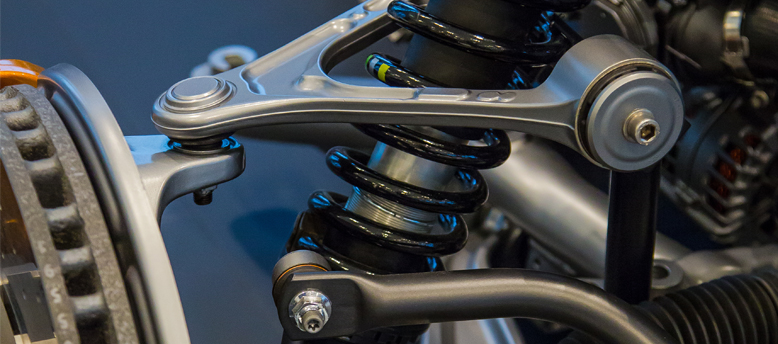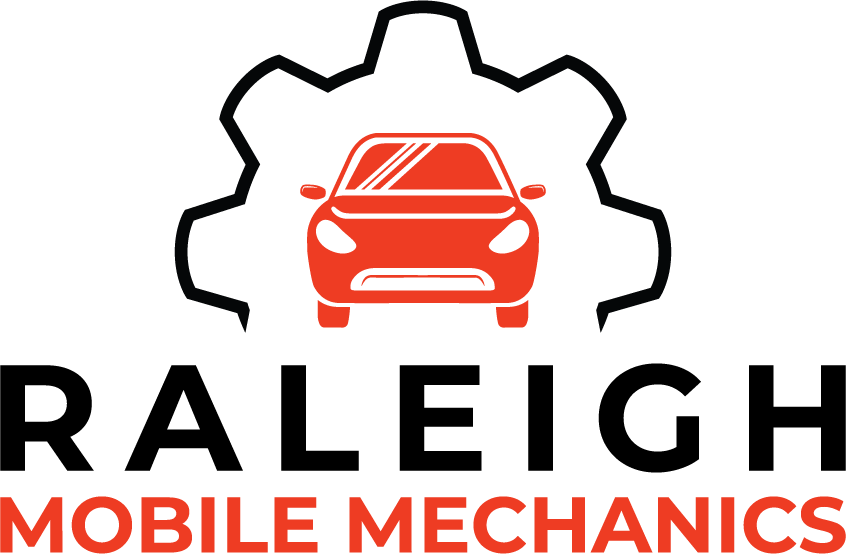Steering
The steering system is a series of components, which allow a vehicle to follow a certain course. Its primary use is to allow the driver to guide the car in the direction he or she wants to go.

Power Steering
A power steering system in motorized vehicles helps the driver maneuver the car by enhancing the effort required to turn the steering wheel. This makes it easy for the driver to turn the car.
Without it, steering would be heavy and difficult especially at low-speeds, like when you pull up at a parking lot, a busy fuel station, or when you make a 90-degree turn. Steering was generally difficult in the early days until the Chrysler Imperial debuted in 1951, when “hydraulic power steering” was introduced.
Types of Power Steering
Hydraulic systems, also called high-pressure steering (HPS), relies on the engine to distribute power steering fluid to the entire system. The fluid is responsible for the power in the power steering. The fluid circulated by the pump enables the hydraulic piston to move, reducing the effort needed to turn the wheel.
Electric system or electric power steering (EPS) is simpler than HPS. The EPS does not rely on the power of the engine. Instead, a small electric motor or computer is responsible for the steering procedure. When a driver wants to turn, the computer simply translates the motion of the steering wheel to the electric motor, which in turn assists in the movement of the rack and pinion
The electrohydraulic system is a hybrid of hydraulic and electric systems. It works like the HPS, except that the pressure is created by an electric motor, instead of driving the pump off the engine. Only a few types of cars use this hybrid system.
When you’re driving, you have your hands on the wheel. It’s easy to notice when you start having problems with your car’s power steering. Here are some things you might notice:
- Difficult to move or stiff steering wheel
- Poor responsiveness
- Steering wheel shakes while driving or using brakes
- Weird noises
Have you noticed any of these signs when you’re driving? When was the last time you had your car and steering system checked? Don’t delay and call your reliable Raleigh mobile mechanic for diagnosis and repairs.
Wheel Hub Assembly
The wheel hub assembly (WHA) is a key component of your car’s steering system. It is also referred to as the hub assembly, wheel hub bearing, or wheel hub unit. The WHA keeps the wheels attached to your vehicle and allows the wheels to turn freely, which enables you to steer safely.
It is also vital to the anti-lock braking system (ABS) and the traction control system (TCS). Aside from the bearings, the WHA has a wheel speed sensor that controls the car’s ABS. the sensor communicates to the ABS control system how fast each wheel turns to determine if the anti-locking brake is required.
Your car’s TCS also uses the wheel sensor of the ABS. Together, the TCS and ABS systems help you control the car. If the wheel sensor fails, the TCS and ABS systems could both be compromised.
You’ll find a WHA between the drive axle and the brake drums or brake discs on each wheel. On the brake disc, you will find the wheels attached to the bolts of the WHA. On the drive axle, the WHA is fixed to the steering knuckle. You need to remove the wheel, brake caliper, and the brake rotor if you want to see the WHA.
- Abrasion-resistant ABS cord
- Precision matched components
- Quad up seal design
- Roll form design
- Wheel stud with a protective coating
- ABS light will come on if the sensor isn’t working or if the signal is lost
- The steering wheel shakes as you drive
- Weird noises coming from the tires when you hit 30 to 45 MPH
If you experience any of the above, call your mobile mechanic immediately.
Suspension System
Your car’s suspension system consists of tires, tire air, shock absorbers, springs, and other links, which connect the car to its wheels and allow for movement between the two.
The suspension should support your car’s ability to “smooth out” a bumpy road (ride) as well as the ability to accelerate, brake, and corner safely (handling). To sum it up, the suspension’s job is to provide steering ability coupled with good handling and to guarantee the comfort of the passengers.
- Frame
- Suspension system
- Steering system
- Tires and wheels
- Lurching forward movement when you stop
- Drifting
- Pulling during turns
- Rough ride overall
When any of these symptoms start happening, it is time to call an on-site mechanic in Raleigh, NC. Don’t wait for the problems to get worse before getting your car’s suspension system checked and repaired by a professional.


